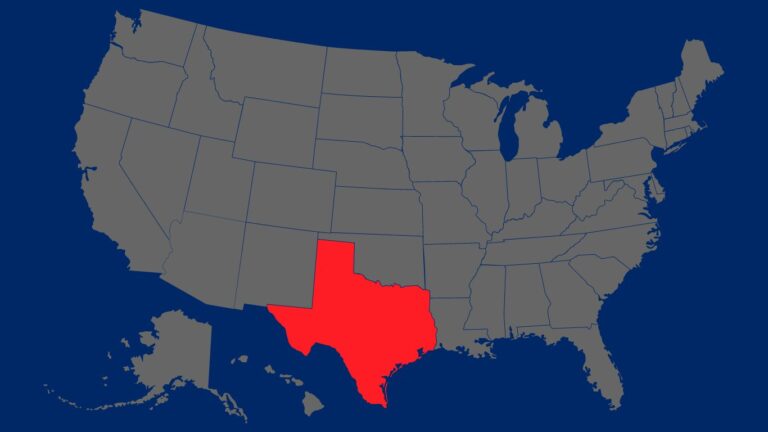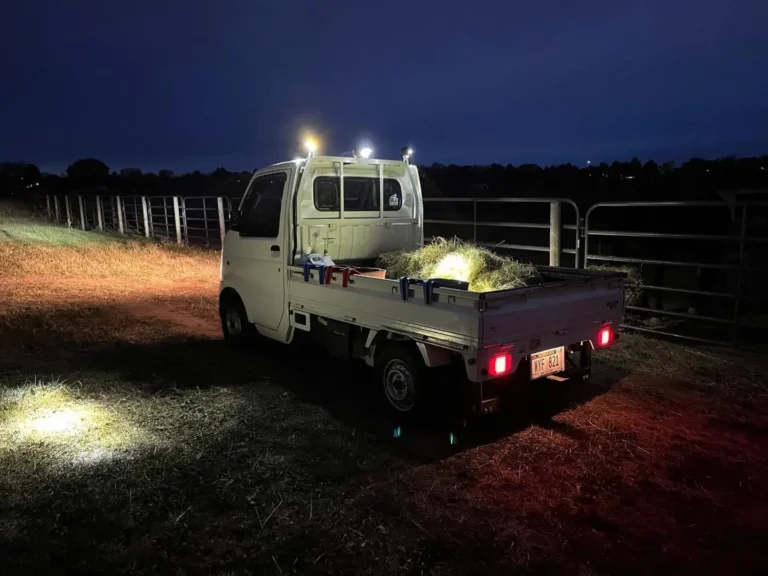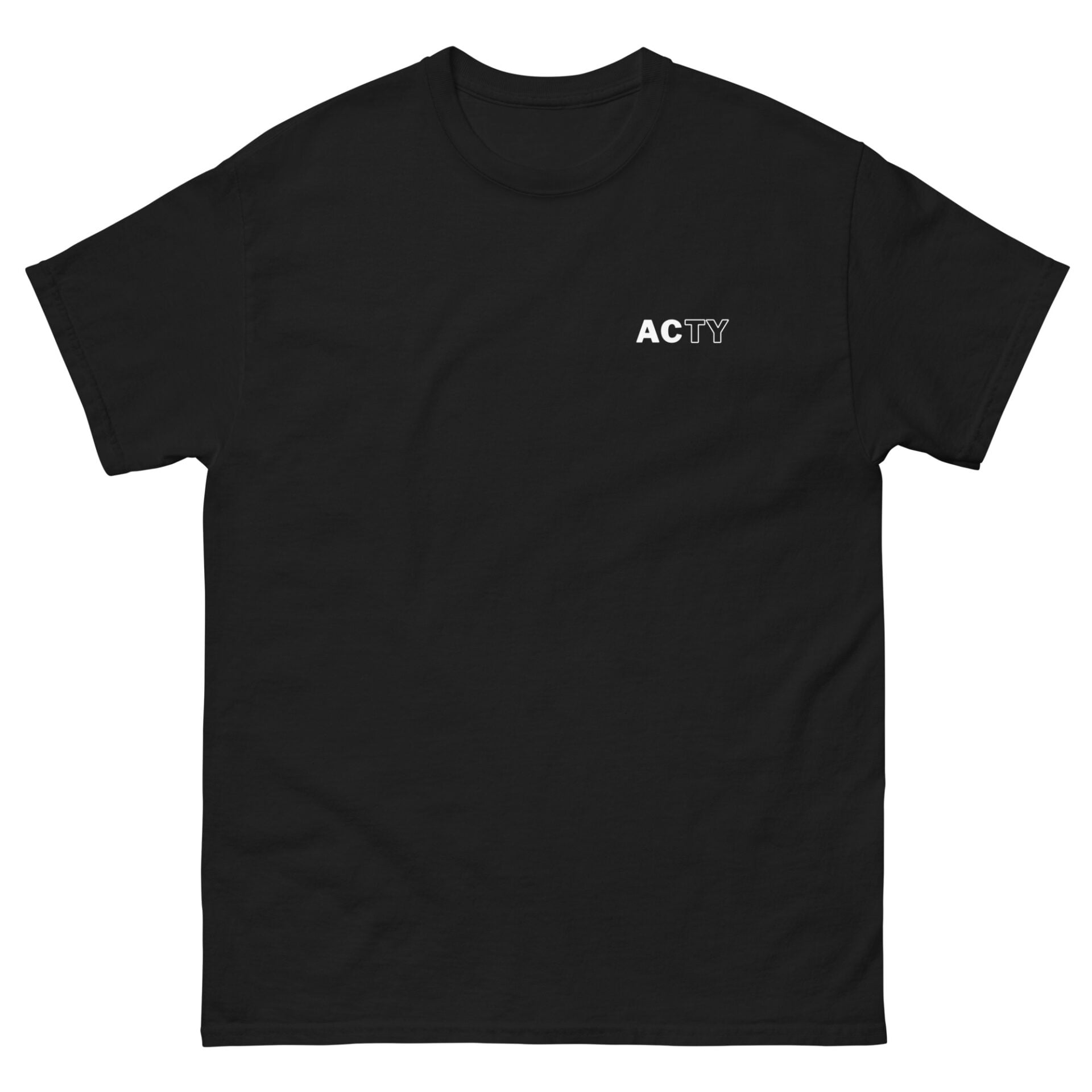Kei truck mpg is an important factor for many owners, being valued for their low fuel consumption translating into significant cost savings and environmental benefits. Whether navigating narrow city streets or performing light-duty tasks, the MPG of a Kei truck is a testament to the ingenuity behind their design. While they may not be built for speed, their top speed capabilities are adequate for their intended uses, and their fuel economy remains a compelling attribute. In this article we talk about the specifics of Kei truck efficiency, exploring how these tiny titans of transport manage to maintain high MPG figures while meeting diverse user needs.
Introduction to Kei Trucks
Defining the Kei Truck
Kei trucks, a unique class of light vehicles in Japan, are known for their compact size and efficient engines. These vehicles are crafted to fit the kei car category regulations, which set the maximum dimensions and engine displacement. These rules were first put in place in 1949 and have changed over time, allowing the kei truck segment to flourish.
Kei trucks usually come with engines around 660cc, a size that’s perfect for balancing performance with fuel efficiency and definitely not trying to compensate for anything like other trucks. This engine capacity is what makes kei trucks stand out, and you’ll often see them zipping around the streets of Japan and, more and more, in other parts of the world.
Kei Trucks MPG
Fuel efficiency is super important for kei trucks, with many models getting about 40 miles per gallon of gas. This amazing mileage isn’t just good for your wallet; it’s also kinder to the environment. By getting 30 to 40 mpg, and sometimes even 35 to 45 mpg in mixed driving conditions, kei trucks are a sustainable choice for getting around, which is great news for our planet.
Overview of Typical Uses for Kei Trucks
Kei trucks are incredibly versatile and easy to maneuver, which is why they’re used for all sorts of things, from farming to business. Even though they’re small, they can carry loads of nearly 350 kilograms (770 pounds), which is quite impressive for their size. They’re light, weighing in at about 700 kilograms (1,500 pounds), and can hit speeds of up to 120 kilometers per hour (75 miles per hour) when they’re not restricted.
The Subaru Sambar was the first kei truck and paved the way for this type of vehicle back in 1959. Big names like Honda, Suzuki, Daihatsu, and Mitsubishi have all played a part in the kei truck market, churning out popular models such as the Honda Acty, Suzuki Carry, Daihatsu Hijet, and Mitsubishi Minicab. Even though Honda stopped making the Acty in 2021, the other models are still going strong.
In places where they’re exported, these trucks sometimes get bigger engines to boost their hauling power. For instance, the Suzuki Carry in Indonesia got a 1.6-liter engine. And in South Korea, you’ve got rebadged versions of the Suzuki Carry and Daihatsu Hijet made by Daewoo and Asia Motors (Kia), showing just how far and wide the Kei truck design has travelled.
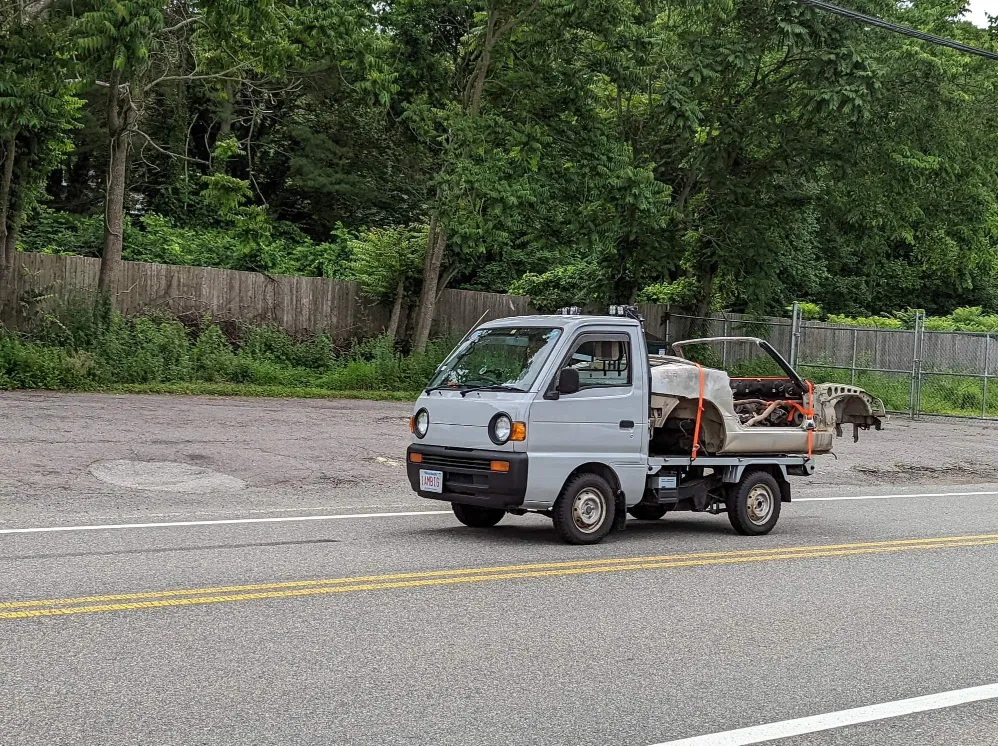
Understanding Kei Truck Efficiency
Engine Specifications Impacting MPG
These engines are engineered to balance power needs with fuel efficiency. For instance, the Honda Acty is known for its reliable performance, featuring an engine that delivers between 27-29 MPG in urban settings and 32-34 MPG on highways. Similarly, the Suzuki Carry’s engine performance is notable, with reported fuel consumption of 12 KM/L in the city and 14 KM/L on the highway.
Real-world user experiences with a 1992 Suzuki Carry have shown an average of 40 MPG, although this can vary based on factors like fuel quality and driving conditions.
Weight and Aerodynamics
However, their top speed suggests that fuel efficiency could decrease at higher speeds due to increased wind resistance and engine load. Aerodynamics aren’t the primary focus in the design of Kei trucks, as they are built for utility and maneuverability within urban environments rather than for optimal highway performance.
Fuel Types and Consumption
While diesel-powered Kei trucks often achieve better MPG than their gasoline counterparts, the specific fuel economy will depend on the engine type and other variables. For example, a user reported that while carrying a full load with family and camping gear, they achieved 36.5 MPG in their Sambar.
Another user mentioned getting around 26 MPG on long trips at speeds of approximately 95 km/h, while around town, the MPG could increase to about 32 if driving at 45 mph or slower.
The Daihatsu Hijet may exhibit higher fuel consumption at top speeds, but it’s still recognized for its excellent fuel economy. This efficiency is a combination of the vehicle’s modest purchase price and its ability to stretch each gallon of fuel further, making it a cost-effective option for both personal and commercial use.
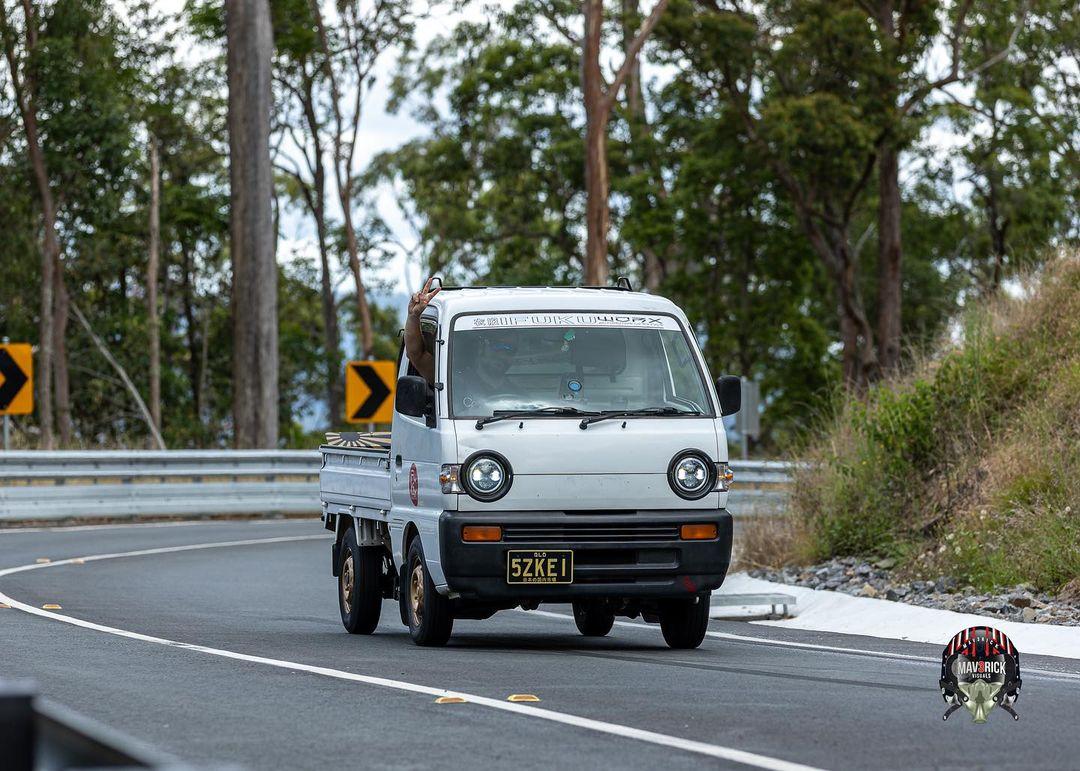
Average MPG of Popular Kei Trucks
Kei trucks are favored for their ability to navigate through tight spaces and their minimal operational costs. These diminutive vehicles are equipped with engines that are fine-tuned to maximize fuel economy. The incorporation of lightweight materials and streamlined shapes also contributes to their frugal fuel usage.
Suzuki Carry MPG Stats
The Suzuki Carry stands out for its dependability and economical fuel consumption. The MPG can differ based on the year of manufacture and the vehicle’s upkeep. Some owners have reported that after diligent maintenance, their Carry could travel approximately 17 kilometers on a single liter of fuel, showcasing its commendable fuel economy.
Daihatsu Hijet MPG Figures
The Daihatsu Hijet’s fuel consumption varies across its models. For instance, the 2002 Hijet has an average of 29.2 MPG, while the 2008 version improves slightly to 31.1 MPG. In contrast, the 1993 Hijet has a lower average of 15.8 MPG, reflecting the progress in fuel efficiency over the years.
Mitsubishi Minicab MPG Numbers
The Mitsubishi Minicab, particularly the 2007-2008 660 CS model, is a testament to the brand’s dedication to fuel economy. This model is capable of achieving an admirable 38.5 MPG in the US (46.3 MPG UK or 6.1 L/100km) under the 10/15 mode test. With a fuel tank that holds about 10.5 US gallons, the Minicab can travel considerable distances before needing to refuel.
Its 3-cylinder SOHC engine runs on regular gasoline and offers a harmonious blend of power and fuel economy suitable for diverse driving conditions.
Comparative MPG Analysis
A comparison of these vehicles demonstrates their ability to reduce fuel costs and minimize their ecological impact. On highways, they can potentially reach 40 to 50 MPG, influenced by driving speed and cargo weight.
In varied driving conditions, they maintain an average of 35 to 45 MPG. This efficiency is not only economically beneficial but also supports environmental sustainability by reducing emissions.
The integration of advanced technologies, such as optimized transmissions and engine management systems, is pivotal in achieving these MPG figures. The increasing prevalence of stop-start systems in newer models further reduces fuel consumption in urban traffic. Consequently, Kei trucks continue to be a viable and environmentally responsible choice for those requiring a dependable and cost-effective vehicle.
Maximizing Kei Truck MPG
Driving Techniques for Better MPG
Adopting certain driving habits can enhance the MPG of vehicles like the Honda Acty and Mitsubishi Minicab. Maintaining a consistent, moderate pace, particularly under 50 mph, can lead to considerable fuel savings. For instance, driving 5 mph above this threshold can increase fuel costs.
Reducing speed by 5 to 10 mph can lead to a 7% to 14% improvement in fuel economy. Utilizing cruise control on highways can help maintain a constant speed, avoiding the extra fuel used during acceleration.
Engaging higher gears early during acceleration can also aid in conserving fuel, as it reduces engine load. Avoiding aggressive driving behaviors such as rapid acceleration and deceleration is beneficial, as these actions can significantly increase fuel usage. Combining errands into a single trip can be particularly effective in cooler climates, where engines require more time to reach the most fuel-efficient operating temperature.
Maintenance Tips for Fuel Efficiency
Adhering to a regular maintenance schedule is crucial for optimal performance. Ensuring timely engine service can prevent unnecessary fuel consumption and loss of power. Correct tire pressure is also vital; underinflated tires can lead to increased rolling resistance and consequently, more work for the engine.
Proper tire inflation and regular rotation can enhance MPG and prolong tire life. Avoiding excess weight in the vehicle is advisable, as every additional 100 pounds can reduce MPG by approximately 1%. Similarly, roof cargo can significantly increase aerodynamic drag, particularly at higher speeds, which can have a detrimental effect on fuel economy. Regular attention to the vehicle’s condition, including engine and tire health, can prevent issues that may increase fuel usage and decrease vehicle longevity.
Aftermarket Modifications for MPG Improvement
Certain aftermarket enhancements can also contribute to improved MPG. For example, installing trailer skirts can potentially improve fuel economy by up to 7%. Reducing the gap between the truck and trailer can lead to a fuel economy gain of up to 6%, and adding trailer tails has been associated with a 4% increase.
Additional strategies for enhancing fuel economy include utilizing fuel cards that provide discounts on fuel purchases, aiding in the management and monitoring of fuel expenses. Minimizing the use of cab accessories can also reduce energy losses, contributing to fuel savings.

Environmental and Economic Impact
Emissions and Green Driving
The design of Kei trucks emphasizes minimal environmental impact. The use of advanced technologies in modern models, such as efficient transmissions and engine management systems, contributes to this goal. Stop-start systems, in particular, play a significant role in reducing idle emissions, which is beneficial in urban settings with frequent stops.
Cost Savings in Fuel Consumption
The economic benefits of Kei trucks are notable, with their low operational costs leading to considerable savings over time. The affordability of these vehicles is not limited to fuel economy; their initial purchase price is typically modest, allowing for outright ownership and avoiding the need for financing. This affordability makes Kei trucks a prudent investment for both individual and commercial applications.
The Future of Kei Trucks and MPG Innovations
Kei trucks are expected to maintain their appeal in markets that prioritize compactness and efficiency. Future models are anticipated to introduce further MPG enhancements, responding to environmental mandates and consumer demands. For example, the Mazda Scrum demonstrates the potential for even greater fuel efficiency. With a standard payload capacity that avoids overburdening the engine, Kei trucks manage to keep fuel consumption economical. As the industry advances, newer Kei trucks will likely feature additional fuel-saving measures, ensuring their place in a more eco-conscious world.
Kei Trucks: Compact Powerhouses
In the realm of transportation, kei trucks stand out as mighty minnows in a sea of larger vehicles. Their recipe for success is simple: reliable performance, undeniable efficiency, and a versatility that makes them nearly indispensable for a variety of tasks.
Whether cruising city streets or powering through rural pathways, these small yet robust machines translate modesty into economy without sacrificing the get-up-and-go that daily errands and business activities demand. The clear takeaway is that Kei trucks are not just a passing trend, but a sustainable, cost-saving solution for a myriad of transport needs. With continual advancements gearing towards greener technologies, Kei trucks are poised to remain a smart choice for those who prioritize practicality, economy, and the environment.


